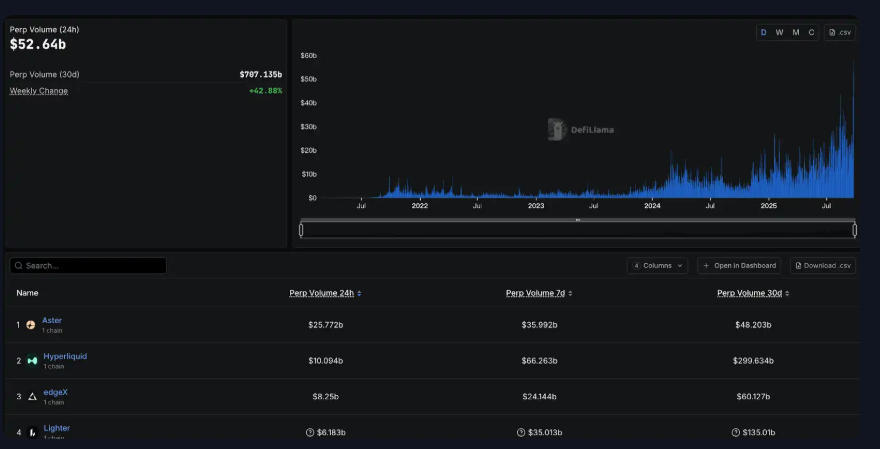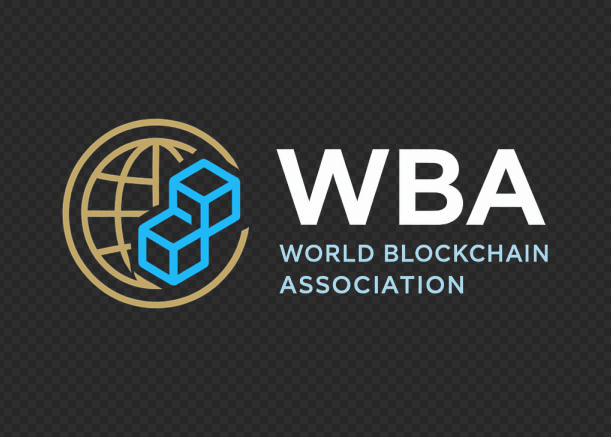
September 25, 2025
The World Blockchain Association (WBA) reports that the highly anticipated Plasma network is officially going live tonight, a development that could reshape the landscape of blockchain-based payments. Positioned as a settlement layer for USDT and Bitcoin (BTC), Plasma aims to bridge the infrastructure gap left by Ethereum and Tron, offering a system tailored for real-world financial transactions.
WBA analysts note that this launch arrives at a time when global demand for stablecoin-powered payments and tokenized Bitcoin has never been greater. From cross-border remittances to corporate payroll systems, Plasma’s architecture is designed to make stablecoins and BTC first-class citizens of the blockchain economy.
From Sound Money to Stable Money
The origins of cryptocurrency lie in the disillusionment with traditional finance. When the first Bitcoin block was mined in January 2009, it carried an embedded headline about government bailouts of failing banks. That moment underscored Bitcoin’s ethos: a decentralized, fixed-supply alternative to the inflation-prone fiat system.
Yet as Bitcoin gained traction, its volatility limited its use for everyday payments. Businesses and individuals required predictable settlement. Early solutions, such as BitUSD in 2014, experimented with collateralized stablecoins but struggled with scalability.
The real breakthrough came with Tether’s USDT, launched in late 2014. By pegging tokens to fiat reserves at a 1:1 ratio, Tether introduced simplicity, reliability, and accessibility—qualities that spurred massive adoption. Within a year, USDT had achieved millions in trading volume, outpacing the market capitalization of most early cryptocurrencies.
Subsequent innovations like MakerDAO’s DAI in 2017 and Circle’s USDC in 2018 refined the concept, adding decentralized governance and regulated transparency. As the World Blockchain Association observes, stablecoins have since become the backbone of Web3, enabling DeFi lending, NFT marketplaces, and DAO treasuries while rivaling traditional payment networks in scale.
Stablecoins Outpace Traditional Payment Rails
Today, stablecoins represent the most widely used product in the cryptocurrency sector. By 2024, their adjusted annual on-chain settlement volume exceeded $5.6 trillion, rivaling Visa’s global network.
Regulators have begun to take notice. In July 2025, the United States passed the Genius Act, formally recognizing stablecoins as legal payment instruments alongside debit cards, ACH transfers, and wire payments.
Despite regulatory clarity, infrastructure lags behind. The World Blockchain Association highlights three persistent issues:
- Gas volatility – Stablecoins still require volatile assets like ETH or TRX for transaction fees.
- Fragmented liquidity – Wrapped BTC solutions are siloed across chains, diluting capital efficiency.
- Institutional compliance gaps – Enterprises seek predictable cost structures and built-in privacy.
This mismatch between stablecoin adoption and infrastructure efficiency is precisely what Plasma intends to resolve.
Plasma’s Architecture: A Settlement Layer for USDT and BTC
Unlike general-purpose blockchains, Plasma was built from the ground up to optimize for Bitcoin and stablecoins. Its core components include:
- PlasmaBFT – A pipelined variant of Fast-HotStuff consensus, ensuring near-instant finality without compromising security.
- Reth Execution Engine – A Rust-based EVM-compatible engine for efficient transaction processing.
- Native BTC Bridge – A decentralized validator system enabling direct BTC-to-pBTC conversions without centralized custodians.
- Stablecoin-Centric Features – Dollar-based gas fees, sponsored transactions (zero-fee transfers), and auditable confidential payments.
WBA researchers note that these features position Plasma not as another “Ethereum competitor,” but as a specialized settlement infrastructure for Bitcoin–USDT flows in both retail and institutional contexts.
Consensus Innovation: PlasmaBFT
Traditional Byzantine Fault Tolerant protocols require three stages—prepare, pre-commit, and commit—to finalize blocks. PlasmaBFT simplifies this by merging phases through a “two-chain commit rule.” Once two consecutive blocks achieve validator approval, the first block attains immediate finality.
Through pipelining, validators can process multiple stages simultaneously, reducing latency. This ensures a continuous flow of block proposals, maximizing efficiency while preserving security.
Native BTC Bridge: Trustless and Unified
Most BTC bridges today rely on centralized custodians or multisig wallets, forcing users to compromise on Bitcoin’s trust-minimized design. Plasma introduces a validator-driven system where each participant runs a full Bitcoin node, collectively signing transactions with threshold signatures.
Once a BTC deposit achieves finality on Bitcoin’s network, validators broadcast proofs, and the equivalent amount of pBTC is minted directly on Plasma.
Unlike wrapped assets that fragment liquidity across chains, Plasma employs LayerZero’s OFT standard, enabling a single unified pool of pBTC liquidity across multiple blockchains. This unification could resolve one of DeFi’s most persistent inefficiencies.
Stablecoin-Native Functionality
Plasma’s approach to stablecoin usability is equally disruptive:
- Zero-fee USDT transfers via contract-level paymasters.
- Gas denominated in USD, removing volatility from transaction fees.
- Confidential transactions, with optional disclosure for regulatory compliance.
This design addresses institutional requirements for cost predictability, compliance, and privacy, while also improving retail user experience.
Market Opportunities: DeFi, Remittances, and Payroll
The World Blockchain Association identifies three key markets Plasma is poised to disrupt:
- DeFi Yield with Native BTC
Over 242,000 BTC are currently wrapped for use in DeFi, but these solutions compromise Bitcoin’s decentralization ethos. By offering a decentralized bridge, Plasma’s pBTC provides a safer gateway for both retail investors and institutions seeking yield. - Cross-Border Remittances
In 2024, remittance flows to low- and middle-income countries totaled $685 billion. Yet, fees often strip away billions in value from migrant workers and their families. With zero-fee USDT transfers, Plasma could redirect this lost value back into households and communities. - Corporate Payroll Systems
U.S. companies alone spend nearly $1.4 billion annually on ACH payroll fees. By leveraging Plasma’s stablecoin-based transactions, employers could eliminate these costs while maintaining privacy and compliance.
Together, these markets represent a multi-trillion-dollar total addressable market (TAM). Even modest adoption could sustain Plasma as a long-term settlement leader.
Competitive Landscape
Plasma enters a crowded but flawed ecosystem:
- Tron (TRX) dominates stablecoin circulation but faces centralization and scalability concerns.
- Ethereum (ETH) powers DeFi and tokenization but suffers from high fees and limited throughput.
- USDC offers regulatory compliance but has limited penetration in real-world commerce.
By focusing narrowly on Bitcoin and stablecoin settlement, Plasma differentiates itself with a specialized, high-performance model.
Strategic Implications
According to the World Blockchain Association, Plasma’s launch is more than a technical milestone—it signals a shift in how blockchain networks are designed. Instead of forcing stablecoins and BTC to adapt to general-purpose infrastructure, Plasma re-engineers infrastructure to serve them directly.
Key implications include:
- For Enterprises – predictable costs, confidential payroll, and compliance-friendly settlement.
- For Institutions – productive deployment of BTC treasuries with minimized risk.
- For Retail Users – instant, cost-free remittances and accessible savings options.
Plasma is not competing to be a universal smart contract hub. Instead, it is carving out a role as the de facto settlement backbone for the assets that matter most in global payments.
Conclusion
The World Blockchain Association concludes that Plasma’s debut could mark a defining moment in the evolution of blockchain-based finance. By aligning infrastructure with the assets that dominate transaction volumes—USDT and BTC—Plasma has the potential to unlock mainstream adoption across remittances, payroll, and institutional capital management.
If successful, Plasma will not only fill the gaps left by Ethereum and Tron but also accelerate the integration of blockchain into real-world financial flows, moving the industry closer to a future where Cryptocurrency, Stablecoins, DeFi, and Tokenization are seamlessly embedded in the global economy.
About the World Blockchain Association
The World Blockchain Association (WBA) is a global organization dedicated to advancing knowledge, policy dialogue, and innovation in blockchain and digital finance. As a leader in the blockchain and cryptocurrency space, the WBA provides stakeholders with trusted insights at the intersection of technology, regulation, and global economic trends through research, reporting, and thought leadership.






